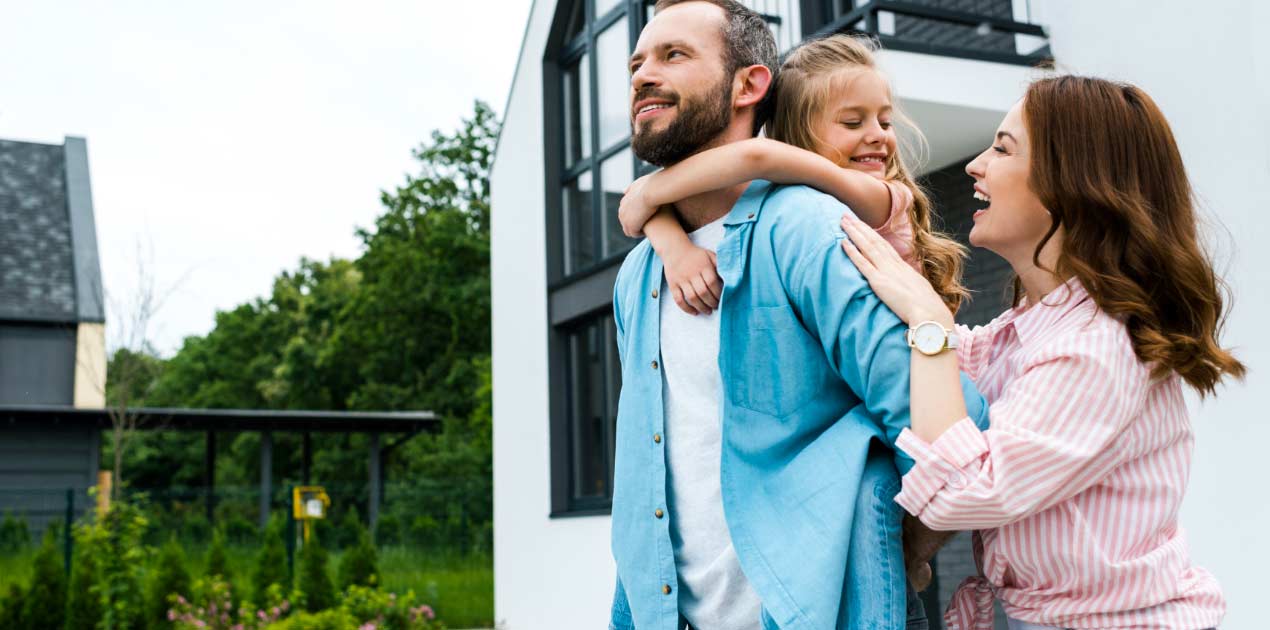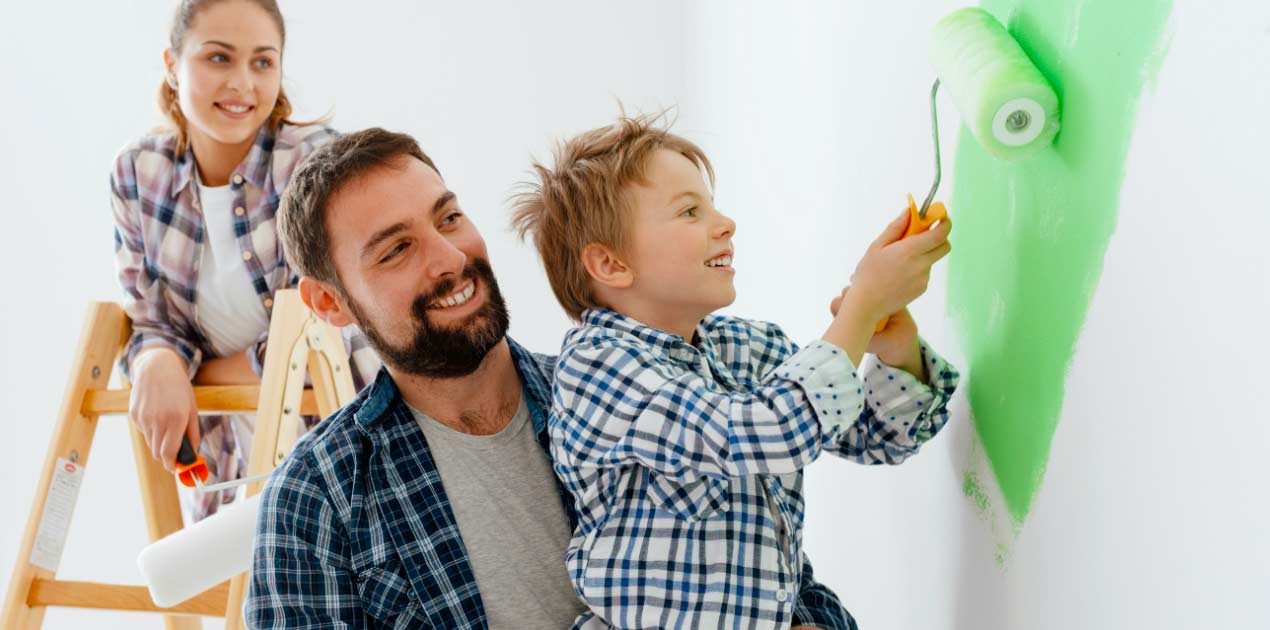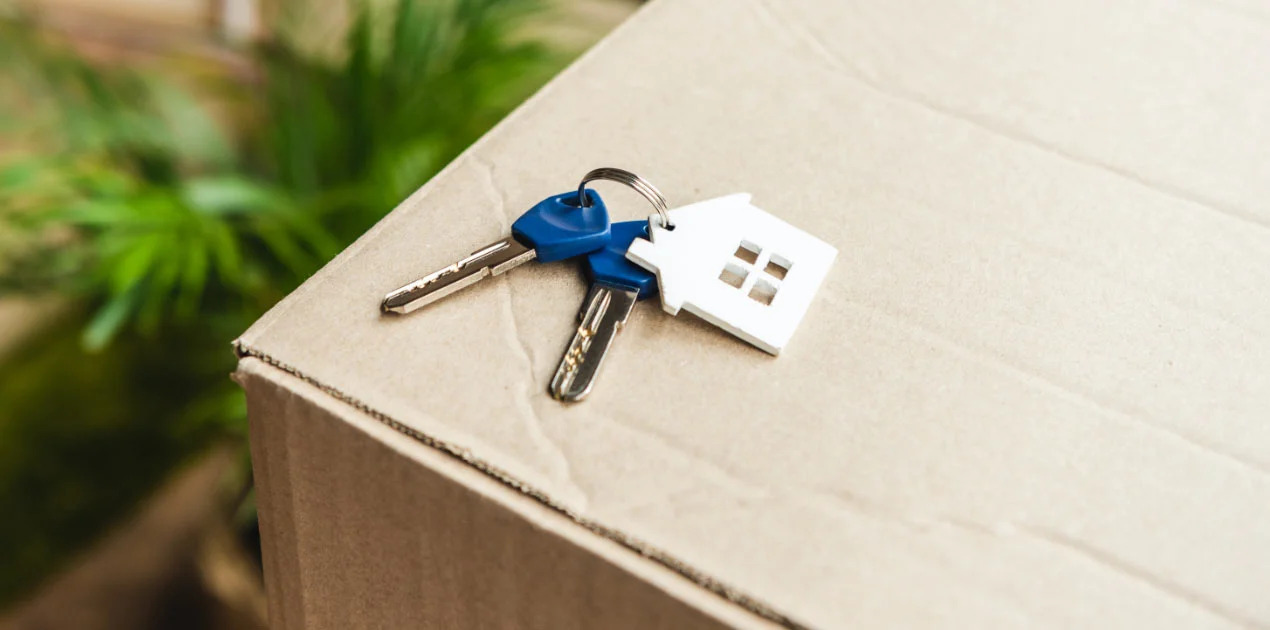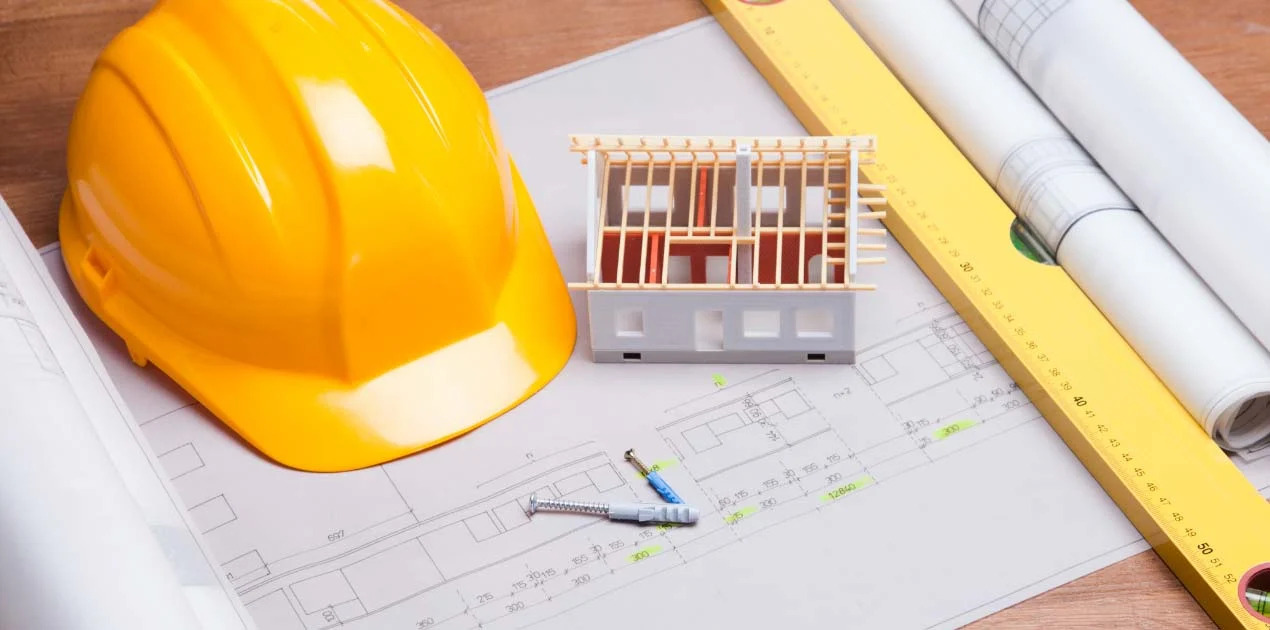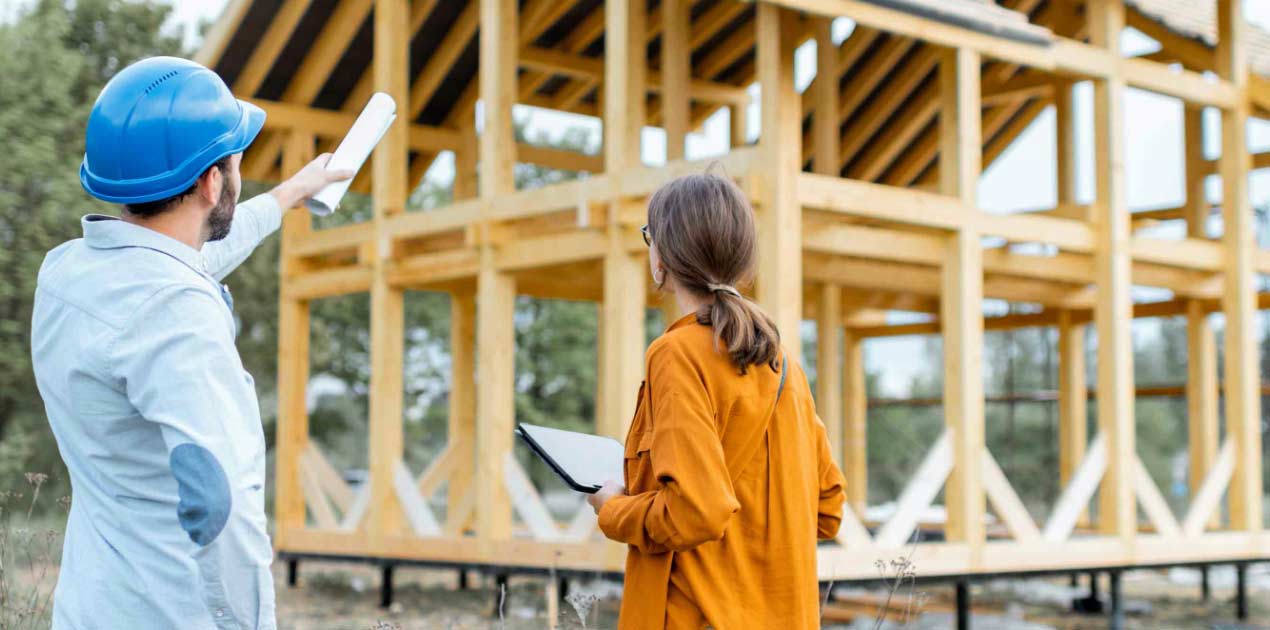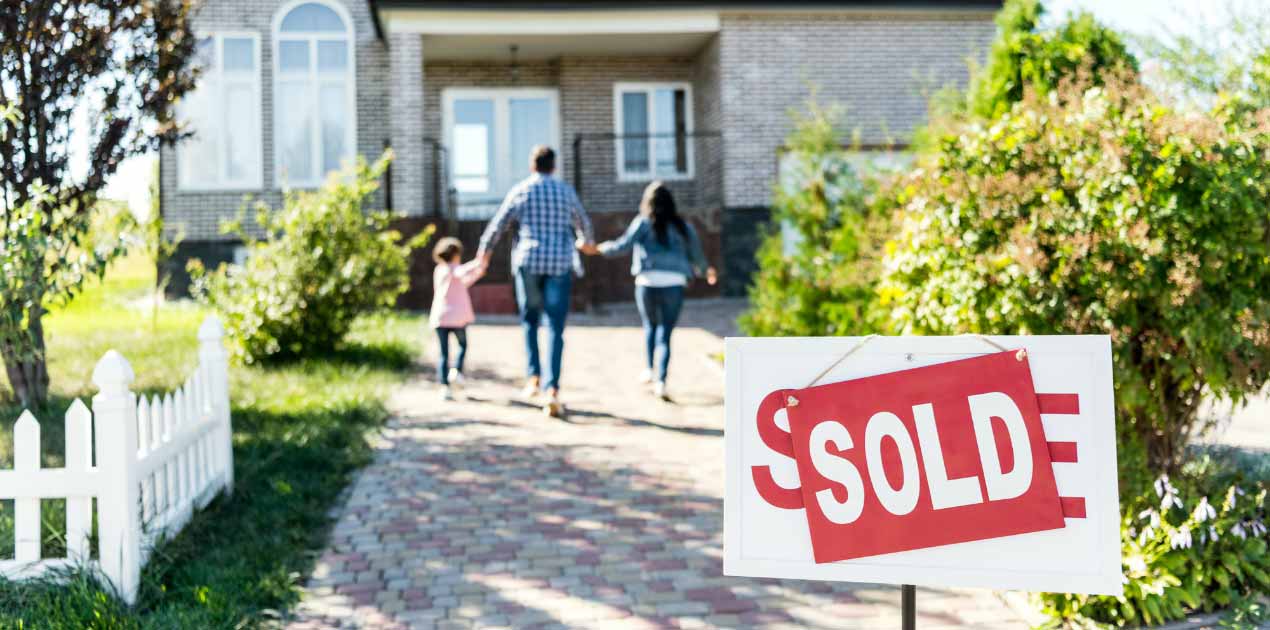Please use the menu below to navigate to any article section:
Sydney’s sea and tree-change movement is seeing the population in its once-popular eastern suburbs shrink as locals flock north in search of a more affordable lifestyle.
The latest Census data, analysed by the Sydney Morning Herald, reveals that the population of Byron Bay jumped 15% in the 5 years between 2016 and 2021, which is twice the national growth rate.
The neighbouring suburb of Bangalow saw its population jump 23% over the same period.
And they’re mainly coming from Sydney’s eastern suburbs.

Nearly 100 people have fled Bondi Beach and North Bondi to Byron Bay in the 5 years between 2016 and 2021.
Around 200 people moved to Byron from neighbouring eastern suburbs such as Tamarama, Bronte, Bondi junction, Coogee and Randwick.
But it’s not just Sydneysiders flocking to the Byron area.
Around 10% of the area’s population lived interstate just 5 years ago – far exceeding the statewide figure of 2.8%.
Byron also gained 1,200 residents from overseas during the same period.
So why Byron?
KPMG demographer and urban economist Terry Rawnsley told the Sydney Morning Herald that the cultural and demographic characteristics of Byron Bay were attractive to those in the Bondi area.
He pointed to the housing and labour market in particular.
He also explained that Bondi residents would feel more comfortable moving to Byron Bay than many other areas because the two areas share similar characteristics.
“For many there is a stronger connection between Bondi Beach and Byron Bay than there is between Bondi and Bankstown for example,” he said.

The Sydney suburbs where the population has plummeted
The census data shows that the population of Sydney’s eastern suburbs fell by a significant 5,627 people (or 2.1%) in 2016-2021.
By comparison, the population of Greater Sydney increased 8% over the same period.
But it’s not just the eastern suburbs which have suffered a decline.
The census data also shows that the suburbs surrounding Sydney Harbour also suffered a drop in population over the 5-year period.
For example, Hunters Hill-Woolwich dropped 4.8%, Neutral Bay-Kirribilli’s population fell by 3.7% and Woollahra fell by 3%.
Meanwhile, other student-focused suburbs such as Kensington, Ultimo and Camperdown also suffered a significant blow to their numbers, chiefly due to the mass exodus of overseas students thanks to the Covid-19 lockdowns and closure of Australia’s international border.
In fact, these suburbs experienced the largest drop in numbers.
Kensington comes out on top as the Sydney suburb which lost the most residents, at 20.7% over the 5-year period.
Ultimo came in second, losing 16.2% over the same period.
Camperdown-Darlington came in third on the list with a 15.2% population decline.
Top 10 Sydney suburbs with the biggest population decline between 2016 and 2021

Covid-19 accelerated the sea and tree-change shift
The Covid-19 pandemic and lockdowns significantly changed homeownership goals and what Australians wanted most in their next home.
After all, your home is no longer just where you rest your head – it has become one place where you live, work and play… all under one roof.
Even now that restrictions have eased and life has returned to our new Covid-normal, many Australians still work from their recently-set-up home office and favour eating into going out.
What that has meant is the tree- and sea-change shift we saw begin decades ago has accelerated during the past couple of years.
Spacious living, lower population and the 15-minute neighbourhood are now the top priorities.
Outside space, entertaining areas and a larger kitchen are also high up on the list.
And that means that many Australians have upped roots from their inner-city lifestyle in popular and densely populated suburbs in search of suburbs which can offer the quieter (and more affordable) lifestyle they’re searching for.
The surging cost of living is yet another factor driving our population northwards.
House prices, groceries, petrol, and even flights, Australia’s cost of living has gone through the roof as our economy tries to grapple with surging inflation.
All this is putting pressure on our cost of living and Australians are feeling the pinch.
So much so that many are packing up and moving somewhere cheaper.

Location, location, location… and investment grade
While the population changes in these suburbs might make for a tempting investment, they don’t necessarily make good investment sense.
And they aren’t necessarily the suburbs I would recommend investing in.
At Metropole, we always advise on the importance of investment-grade properties and locations, rather than chasing a hotspot or growth area.
But even before looking for the right location, make sure you have a Strategic Property Plan to steer you through the upcoming challenging times our property markets will encounter.
Because aside from remembering that you should focus your efforts on investment-grade properties and locations, you also need to remember that property investing is a process, not an event.
That means that things have to be done in the right order – and selecting the location and the right property in that location comes right at the end of the process.
The fact is, the property you will eventually buy will be the result of a sequence of questions you will need to ask and answer and a series of decisions you’ll need to make before you even start looking at locations.
Long before we talk about a property or the right location with our clients at Metropole, we look at factors including their age, their timeframes, and the desired end results in other words, what do they really want the properties to do – are they looking for cash flow, capital growth, or a combination of both.
And that’s because what makes a great investment property for me, is not likely to be the same as what would suit your investment needs.
So at Metropole, it all starts with helping our clients formulate a Strategic Property Plan which takes into account their surplus cash flow position, their risk profile (for example would they consider undertaking renovations or small development), and whether they currently own a home or are wanting to buy a new home or upgrade their existing home in the future, if they are going to earn more income in the future, or if they’re going to decrease their family income because they’re having a baby, how many other investment properties they own, where they are located and how they are performing plus 35 other considerations.
So whether you’re looking to buy a new home or an investment property and you want more certainty and direction in these interesting times, my recommendation is to sit with an independent property strategist to formulate a plan.
It’s just too difficult to do on your own and I’ve found most investors tend to be too emotionally involved to see their situation objectively.
If you’re a beginner looking for a time-tested property investment strategy or an established investor who’s stuck or maybe you just want an objective second opinion about your situation, please leave us your details here and we’ll be in contact and give you more details about how to book a Strategic Property Plan Consultation.

